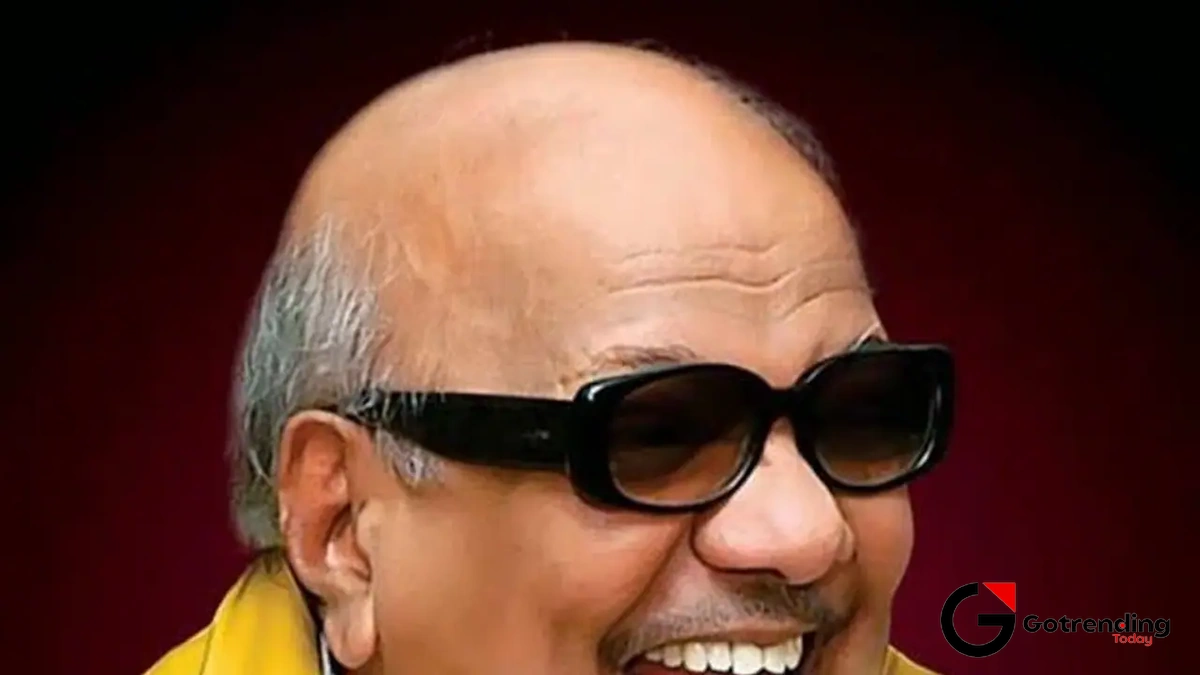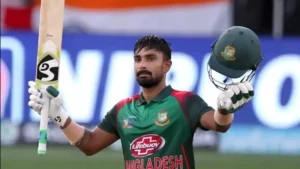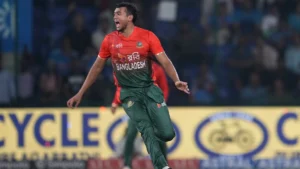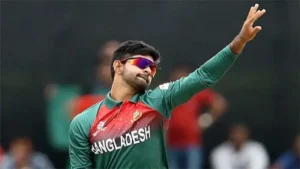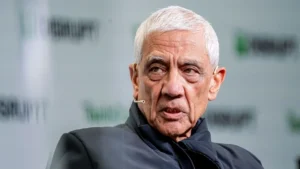Kalaignar | The Pen That Rewrote Tamil Nadu’s Destiny (And Why It Still Matters)
Let’s be honest. When you see a picture of M. Karunanidhi, what comes to mind? For many across India, it’s a specific image: the dark sunglasses that were a permanent fixture, the bright yellow shawl, and the unwavering presence at the head of the DMK. He was the quintessential politician, a five-time Chief Minister, a man who seemed to have been carved from the very stone of Indian politics.
But that’s just half the story. And it’s not even the most interesting half.
The real story, the one that explains his colossal and controversial legacy, isn’t just about the politician. It’s about the name his followers gave him: Kalaignar . The Artist. What fascinates me is how this one title holds the key to understanding everything. How did a screenwriter, a playwright, a man of letters, become one of the most dominant political forces of his generation? And more importantly, why does his shadow loom so large over Tamil Nadu and Indian politics, even years after his passing?
Grab a metaphorical coffee with me. Let’s unpack the man behind the myth, because his story isn’t just history; it’s a living, breathing blueprint for how art can fuel a revolution and reshape a state’s identity forever.
From Fiery Dialogues to the Chief Minister’s Chair | The Power of the Pen
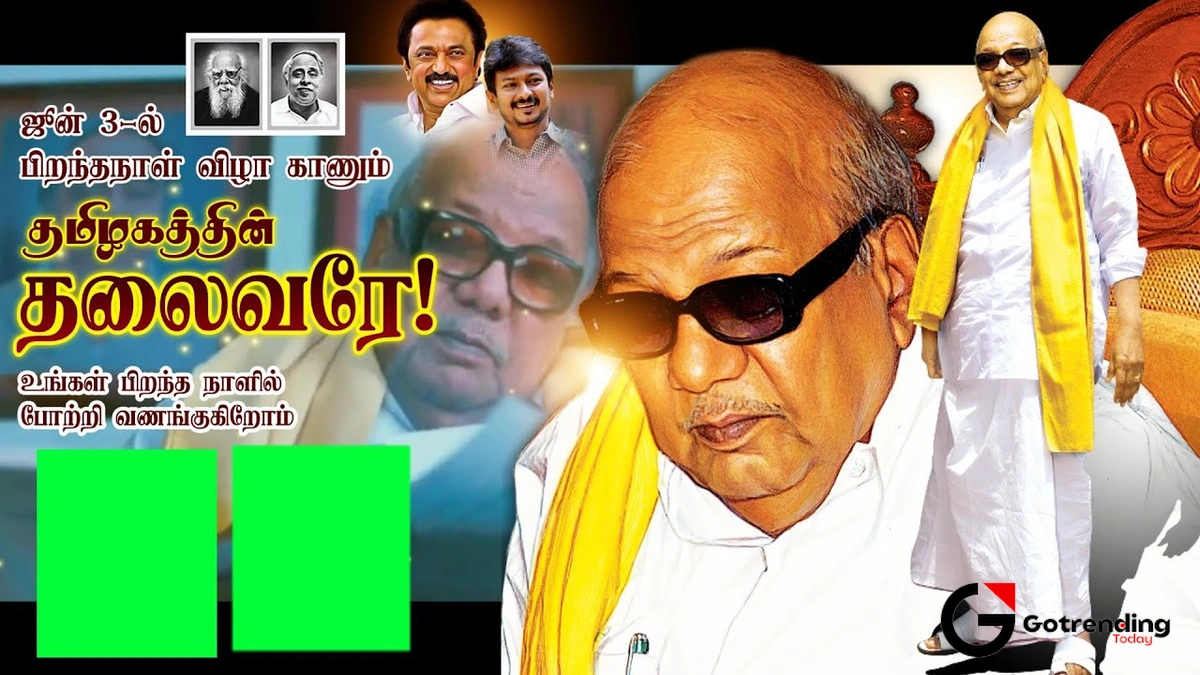
You can’t understand Kalaignar without understanding his first love: the written word. Long before he was delivering speeches from a political dais, he was writing dialogues that thundered from cinema screens. He burst onto the scene in the 1950s, a crucial period for the simmering Dravidian movement legacy . This wasn’t just any movement; it was a socio-political uprising against the caste system, religious superstition, and the perceived imposition of Hindi.
And Karunanidhi’s pen was its sharpest weapon.
Take the 1952 film Parasakthi . It’s a landmark in Tamil cinema. The dialogues, written by a young Karunanidhi, weren’t just filler between songs. They were razor-sharp critiques of social ills. When the hero, played by the legendary Sivaji Ganesan, rages in a courtroom, “You say I shouldn’t have run towards the temple? Where else would I run when I saw a woman’s dignity being tarnished? To a temple where you have stone goddesses, or to be with a woman of flesh and blood?”, it wasn’t just a movie line. It was a direct challenge to the established order. It was electrifying.
This is the secret sauce. His films and plays were Trojan horses. People came for the entertainment but left with a dose of ideology. He used the most popular medium of his time to spread the core tenets of the Dravidian movement: social justice, rationalism, and Tamil pride. He was, in essence, a political educator disguised as a screenwriter. His journey from artist to politician wasn’t a career change; it was a natural, almost inevitable, progression. The stage simply got bigger from the cinema hall to the legislative assembly.
The Architect and the Accused | Crafting a Modern State
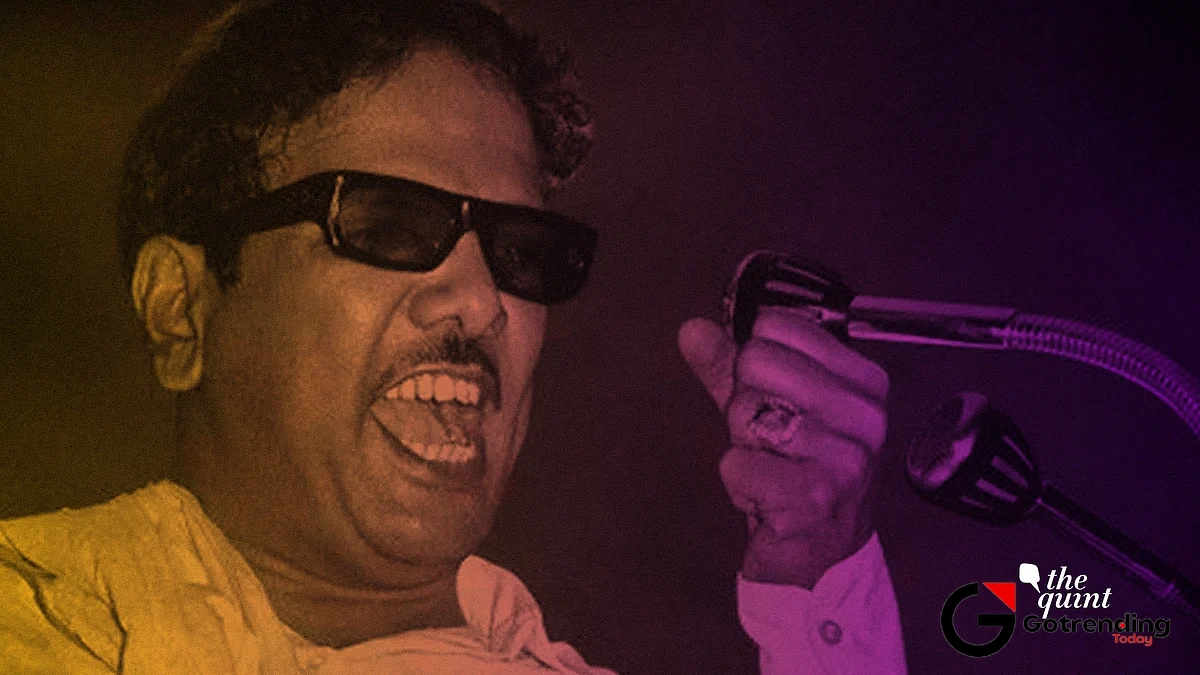
So, what happens when a revolutionary writer gets the keys to the kingdom? He tries to write his ideals into law. As Tamil Nadu Chief Minister , a post he held five times, M. Karunanidhi ‘s tenure was a whirlwind of nation-building at a state level. His policies often mirrored the themes from his scripts.
He was a fierce advocate for state autonomy, constantly pushing back against the centralisation of power in Delhi. This wasn’t just political posturing; it was a core belief rooted in the Dravidian ideology of protecting regional identity. He implemented groundbreaking reservation policies to uplift backward classes, a direct translation of his anti-caste rhetoric. He established “Samathuvapurams” (equality villages) where people from all castes were meant to live together. Some of these were more symbolic than effective, but the intent was clear.
And let’s not forget the infrastructure. Chennai’s IT corridor, the Tidel Park, was his brainchild. The flyovers that crisscross the city, the new government buildings… his signature is stamped all over the state’s modern landscape. He was an architect of tangible change. For a deeper dive into the Dravidian movement that shaped his worldview, you can check out this comprehensive overview of Dravidian parties on Wikipedia.
But and this is a significant but it’s impossible to talk about his long reign without acknowledging the other side of the coin. The same pen that wrote of equality was accused of fostering a dynasty. The leader who fought corruption in his scripts faced serious allegations of corruption within his own governments. The man who championed the common man was accused of concentrating power within his family. This duality is what makes him such a complex and endlessly debatable figure. He was both the architect and the accused, a builder and a patriarch. You’ll find staunch defenders and bitter critics of his administrative legacy, and honestly, both have valid points.
The Master of Political Theatre
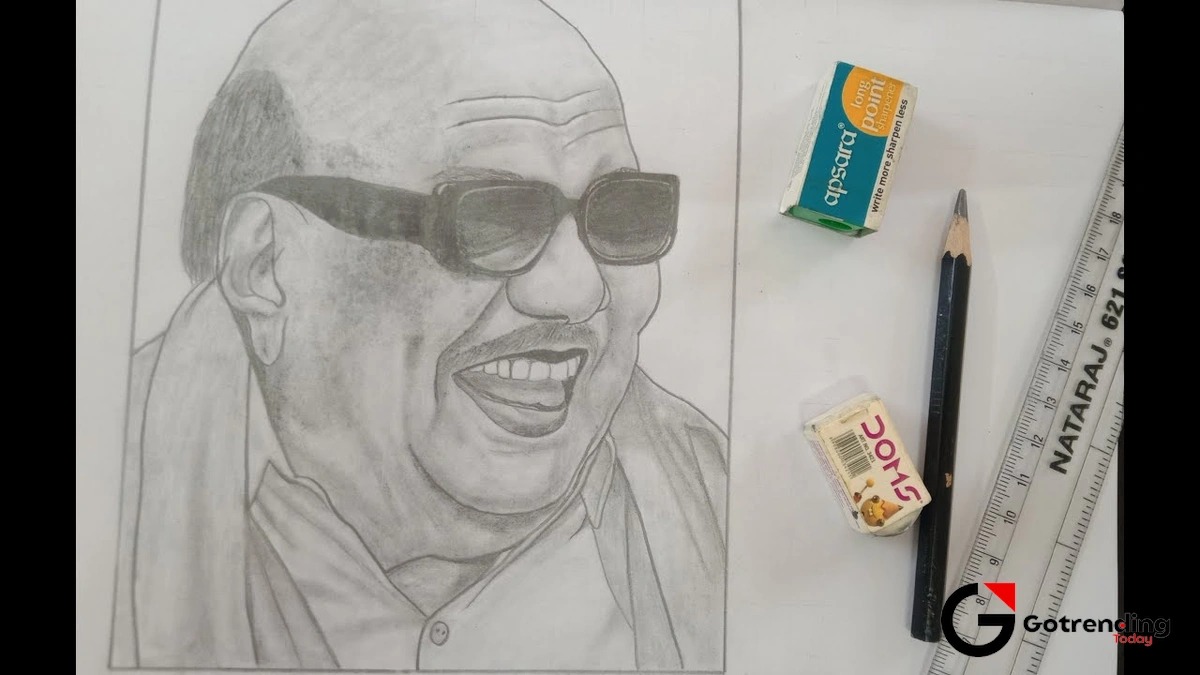
Beyond policy, Kalaignar Karunanidhi was a grandmaster of political theatre. He understood something fundamental: politics isn’t just about what you do; it’s about the story you tell. And he was a master storyteller.
Everything was a symbol. The yellow shawl wasn’t just a piece of cloth; it represented Tamil pride and the rising sun of his party, the DMK party . His dark glasses added an aura of mystique and seriousness. His voice, honed by decades of writing and oratory, could hold thousands in a thrall. He knew how to frame an argument, how to coin a slogan that would stick, and how to turn a political rally into a spectacle. For insight into how political narratives can shape public perception in today’s world, one could even look at how figures like Donald Trump uses tariffs as a storytelling device for his base.
He kept the DMK party , which he led for an astonishing 50 years, as a tightly-knit, cadre-based organization. His letters to his party workers, published in the party newspaper Murasoli , weren’t just administrative memos. They were personal, emotional, and inspiring a leader constantly in conversation with his followers. This deep, almost familial connection he built is a primary reason for the party’s enduring strength.
He outmaneuvered opponents, forged alliances, and weathered political storms for over half a century. Why? Because he never stopped being the writer. He was always crafting the next scene, writing the next chapter in the political drama he was both directing and starring in.
Why We’re Still Talking About Kalaignar

So, why does he still matter? Because the issues he championed are more relevant than ever.
The debate over federalism and states’ rights? Kalaignar was one of its loudest proponents decades ago. The conversation around social justice and reservation? He was a key architect of its implementation in Tamil Nadu. The push and pull between regional identity and national identity? That was the central theme of his entire political career. When we discuss Dravidian politics today, we are, in essence, discussing the questions he forced into the national consciousness.
His political lineage continues, with his son, M.K. Stalin, now at the helm of the state. The party structure he built endures. The political culture he fostered a blend of fierce ideology, populist appeal, and cinematic flair still defines Tamil Nadu. It’s a complex legacy, with both triumphs and deep flaws. For a look at how political and financial worlds can intertwine, consider the speculation around Truth Social and Indian banks , which shows how global political figures create ripples everywhere.
You simply cannot understand the DNA of modern Tamil Nadu, or the intricate dance of coalition politics in India, without understanding the writer who scripted it all.
Unpacking the Legacy | Your Questions Answered
Why was he called Kalaignar?
He was given the title “Kalaignar,” which means “Artist” in Tamil, by his peers and followers in recognition of his immense contributions to Tamil literature, theatre, and cinema as a screenwriter and author. It became his primary identity, signifying that his political power was born from his artistic talent.
What were his most famous writings or films?
His screenplay for the 1952 film Parasakthi is considered his magnum opus. Other notable films include Manthiri Kumari and Poompuhar . He also wrote numerous books, plays, and poems, with his historical novel Ponnar Shankar being very popular.
How many times was M. Karunanidhi the Chief Minister of Tamil Nadu?
M. Karunanidhi served as the Chief Minister of Tamil Nadu for five separate terms, with his total time in office spanning nearly two decades. His political career itself lasted for over 60 years.
What is the Dravidian movement he was a part of?
The Dravidian movement is a socio-political movement that emerged in South India, primarily Tamil Nadu. It was founded on the principles of rationalism, social justice, anti-casteism, and the promotion of the Tamil language and identity, while opposing what it saw as Brahminical dominance and the imposition of Hindi.
Is the DMK party still powerful?
Yes, the Dravida Munnetra Kazhagam (DMK) remains one of the two major political parties in Tamil Nadu. The party, which Kalaignar led for 50 years, is currently the ruling party in the state, headed by his son, M.K. Stalin.
Ultimately, the story of Kalaignar is a powerful, uniquely Indian saga. It’s a testament to the fact that here, art is not a polite, detached affair. It’s a tool, a weapon, and a force of nature. He proved that a single pen, when wielded with passion and political genius, could do more than just write a story it could write a state’s destiny.
